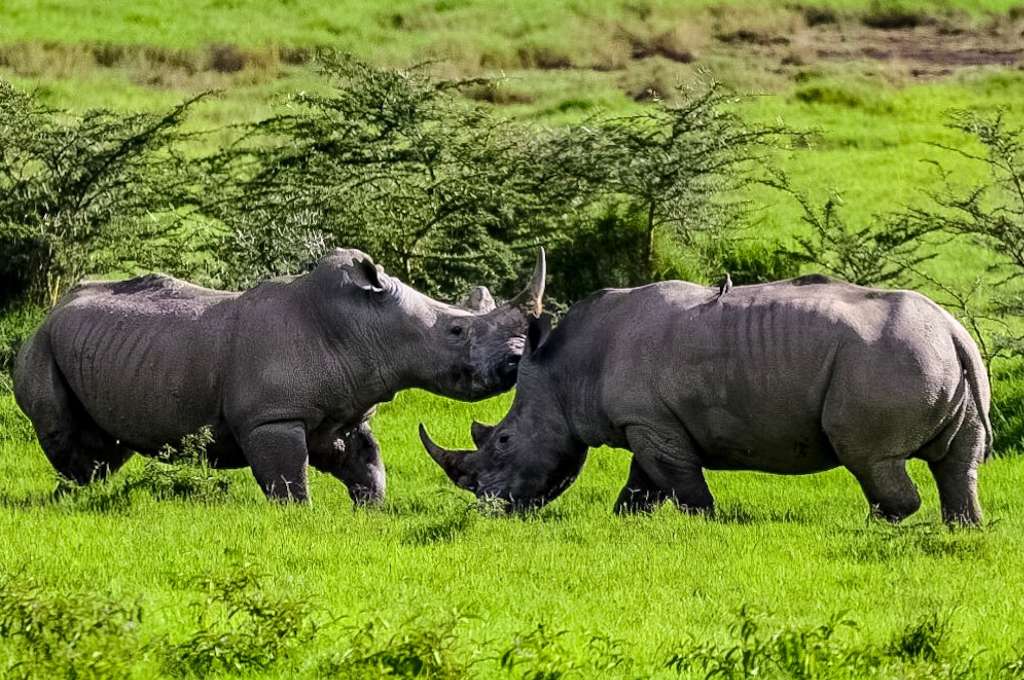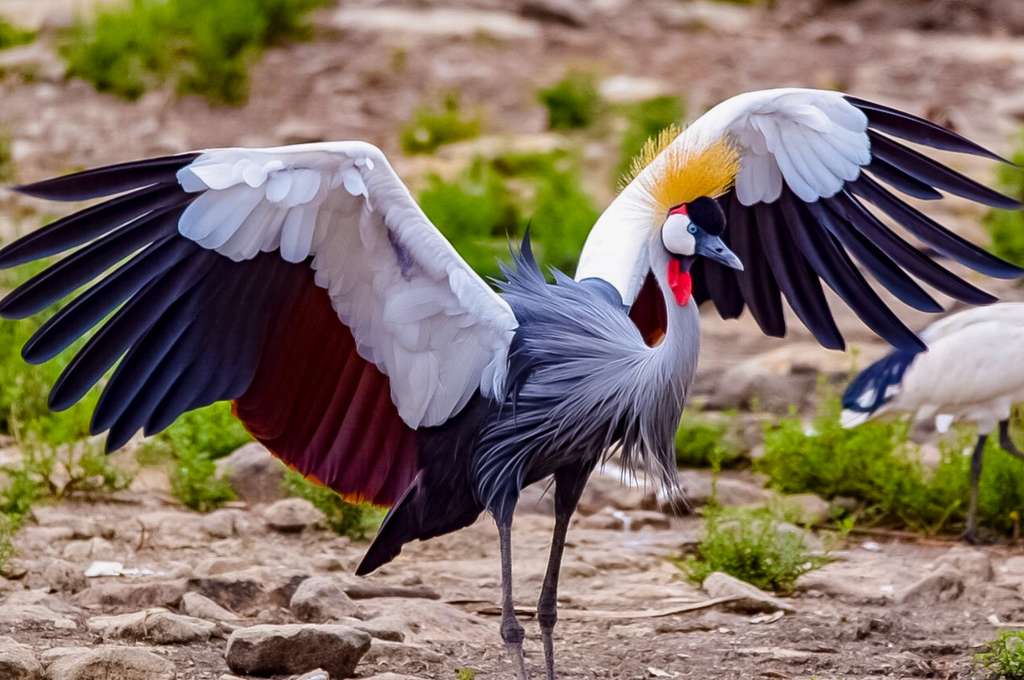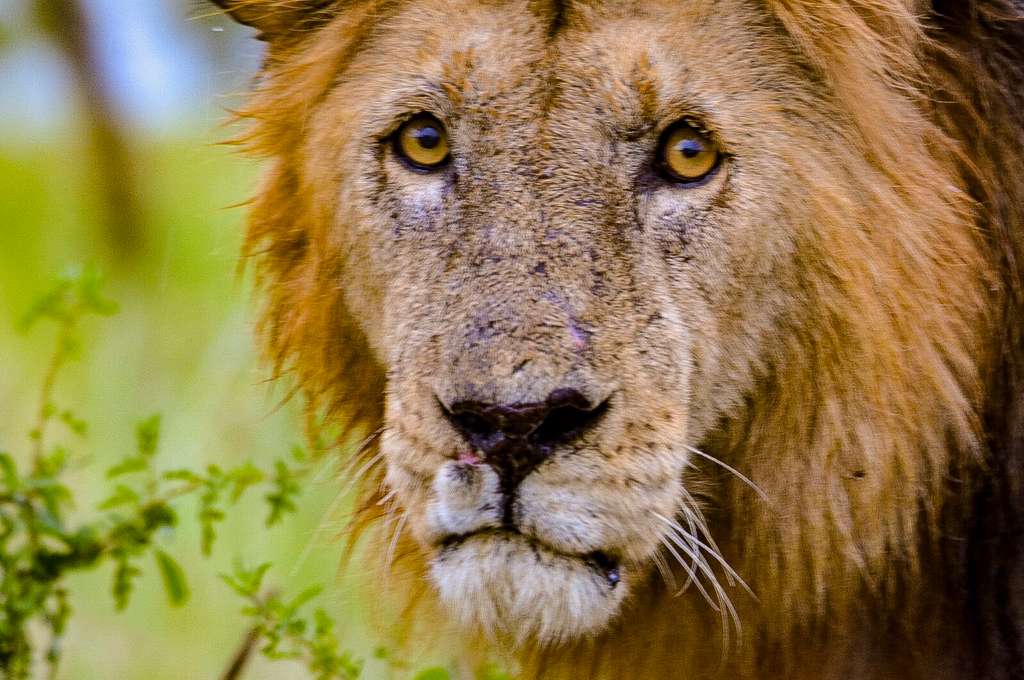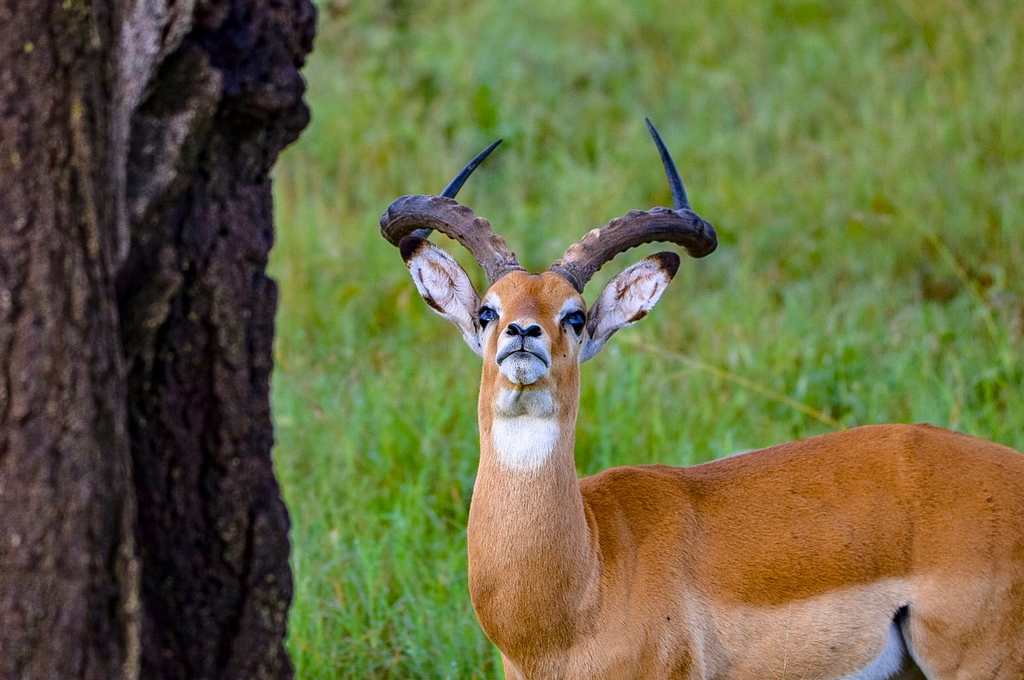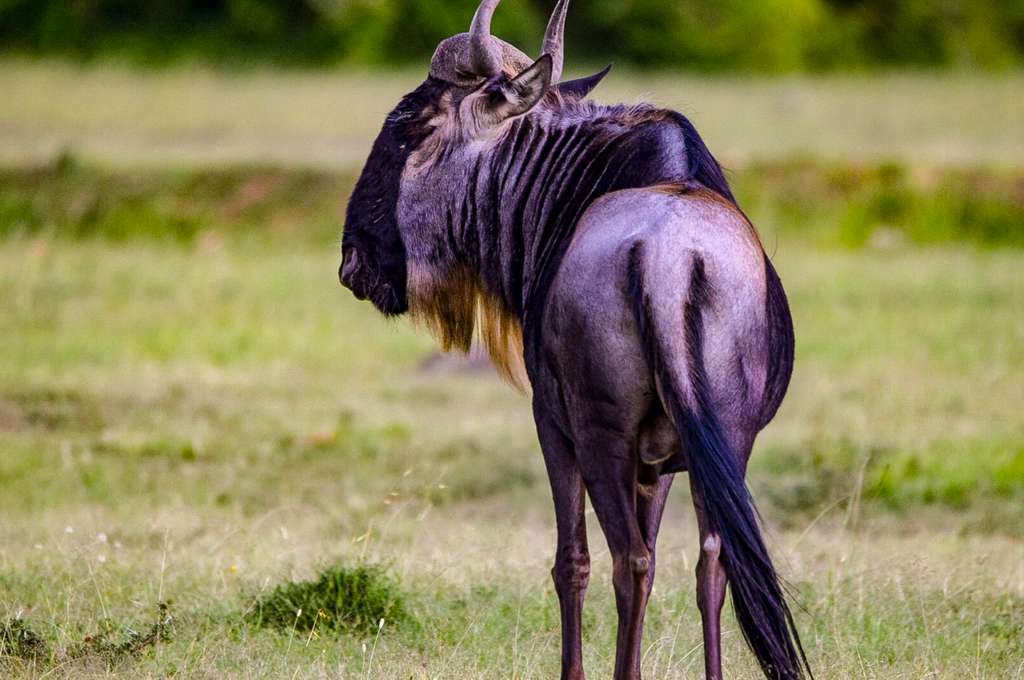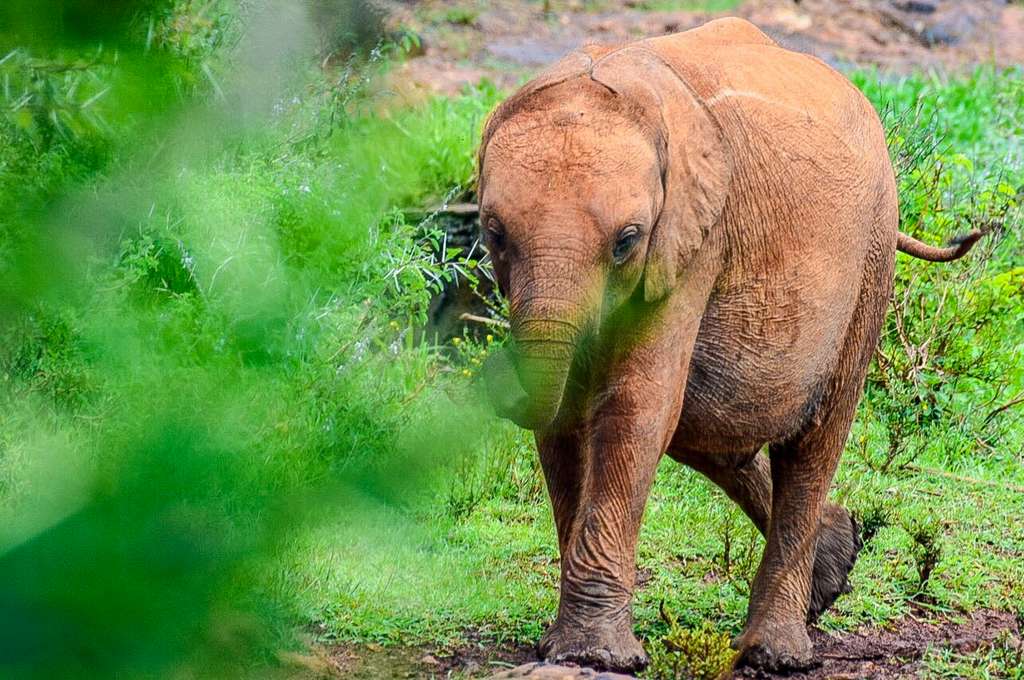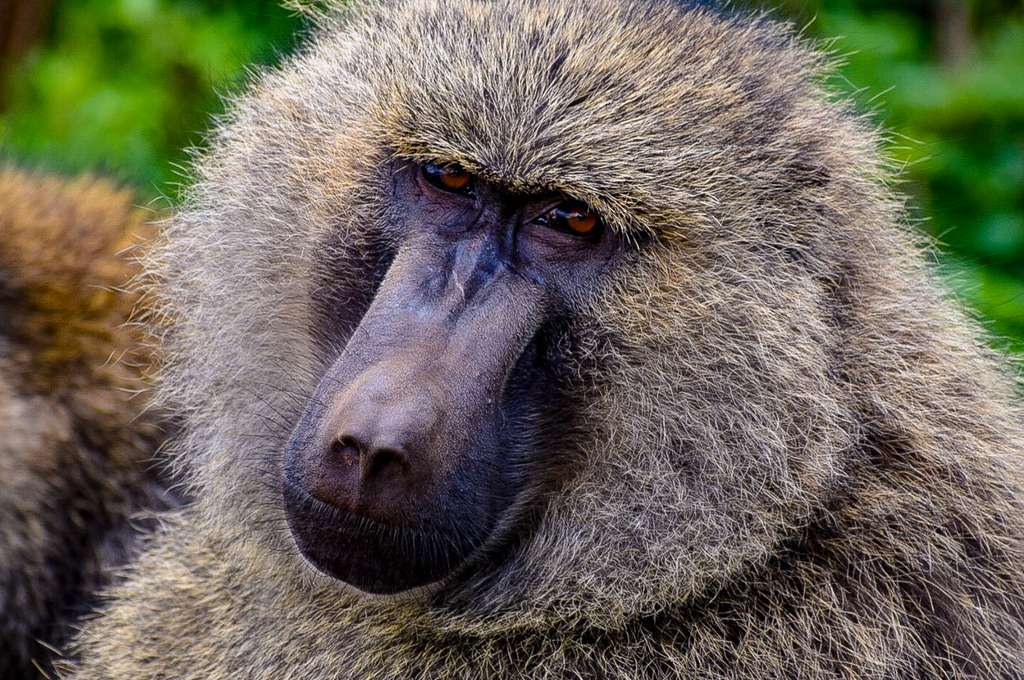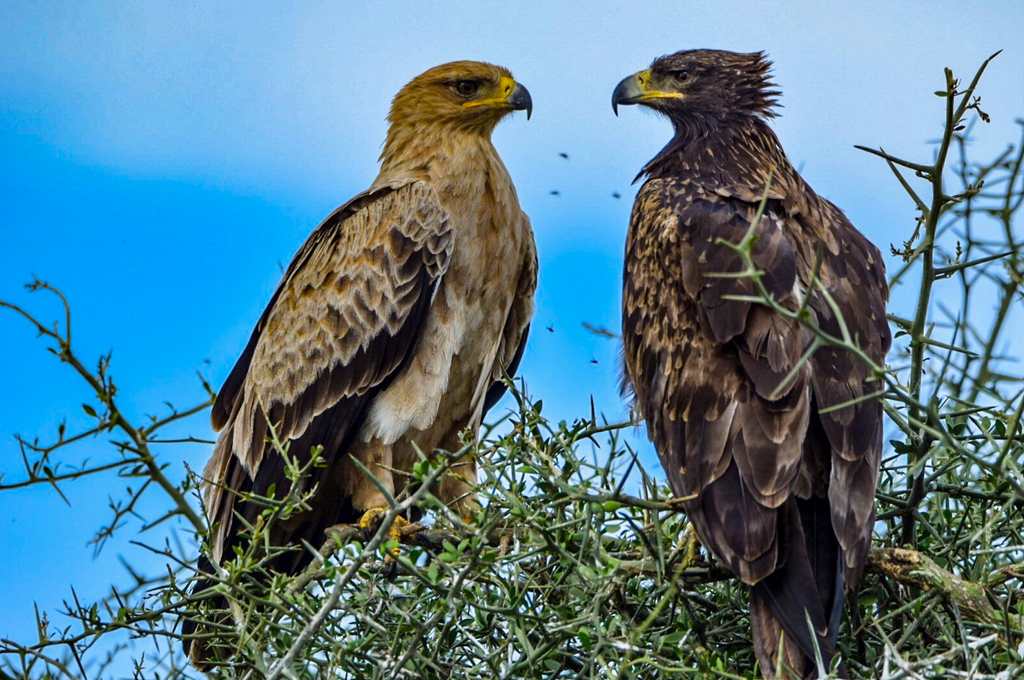Tanzania
Tanzania may not be as well known as its neighbor to the north, but Tanzania can hold its own in the sheer power of its natural beauty, colorful flora and fauna, and friendly hospitality of its people.
The snow-covered peaks of Mt. Kilimanjaro dominate the landscape, while magnificent herds of wildebeest, zebras, gazelles, and giraffes roam the expansive savannahs in the Serengeti National Preserve. Pristine beaches offer unrivaled tranquility and inspiration.
Tanzania also offers unparalleled opportunities to view the Big Five (elephants, lions, rhinos, leopards, and Cape buffalo).
And don’t forget the amazing island of Zanzibar, lying just off the coast of Tanzania. Zanzibar offers the perfect place to relax after a safari, with a full spectrum of water sports and the finest accommodations.
Tanzania captures all of the majesty, beauty, and power of the African continent—all in one country!
Arusha National Park
Things to Do
- Game drive
- Canoeing
- Walking safaris
- Trek to Mt. Meru
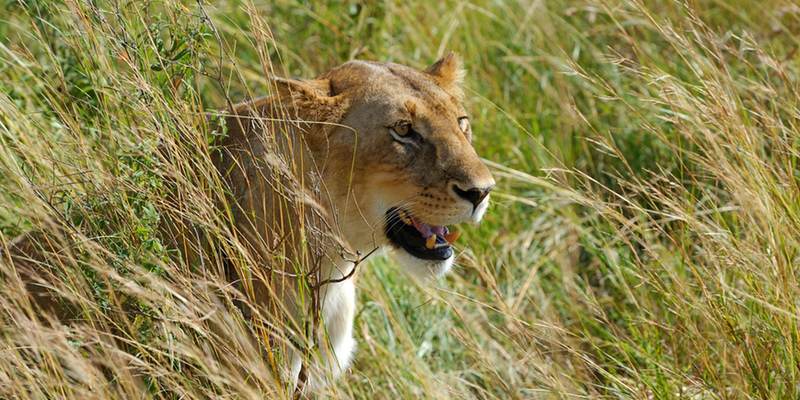
Arusha National Park encompasses Africa’s fifth highest mountain at 4,566 meters, Mount Meru, and is the closest national park to Arusha, a mere 40 minutes drive, and can be visited in a day and offers visitors the opportunity to discover a wide diversity of habitats and wildlife.
We recommend a visit to Arusha National Park at the beginning of a safari for anyone incorporating an extra day in Arusha after a long flight to Tanzania. A beautiful hike through lush montane forest (1-4 hours) is possible for those wishing to stretch their legs which should be booked in advance.
The montane forests of Arusha National Park are inhabited by boisterous Sykes blue monkeys, large troops of baboons and the lucky visitor may get a glimpse of the beautiful black and white Colobus monkeys.
In a few hours game drive, visitors will encounter a myriad of wildlife from a family of giraffe quietly browsing along the grassy hills, to zebras and waterbucks grazing on the plains of the little Serengeti to large herds of wallowing buffaloes.
The blue green Momela Lakes often attract thousands of flamingos giving the lakeshore a beautiful pinkish hue. The views into Ngurdoto Crater are scenic and buffaloes and warthogs can often be seen grazing on the crater floor.
Lake Manyara National Park
Things to Do
- Game drives
- Cultural tours
- Mountain biking outside the park
- Walking safaris inside the park
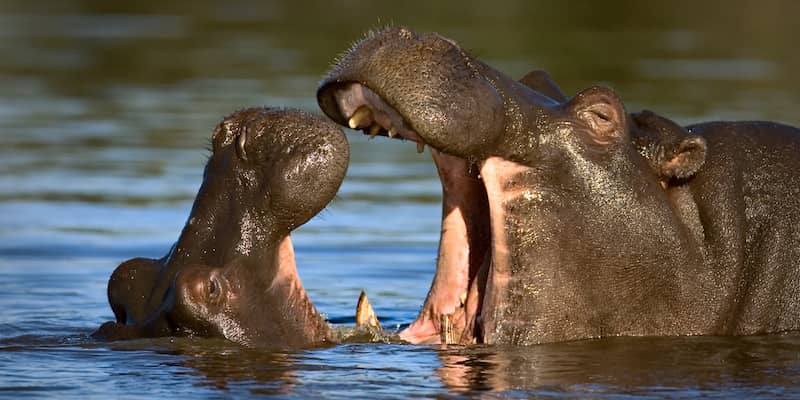
The scenic Lake Manyara National Park known for its abundant birdlife, baboons and tree climbing lions stretches for 50 kilometres along the base of the Rift Valley escarpment providing fantastic views and when the water levels are high, nearly two-thirds of the park is covered by the lake.
Lake Manyara’s lush ground water forest provides a nice contrast to the savannah and woodlands vegetation encountered in the other northern safari circuit national parks.
Although much has been written about the tree-climbing lions of Lake Manyara National Park, tree climbing is not unique to the lions that inhabit Lake Manyara and lions in trees are actually more commonly seen in the Serengeti. It is thought that lions climb trees to avoid flies and also the wet ground. Lake Manyara National Park is small and usually ½ day to 1 day is sufficient time to game drive the park.
The nearby village of Mto wa Mbu provides opportunities for various cultural activities such as a tour of banana farms and demonstration of banana beer making, visit to a local market, sampling of local foods, etc.
Tarangire National Park
Things to Do
- Game drives within the park
- Walking safaris
- Night game drives
- Cultural tours
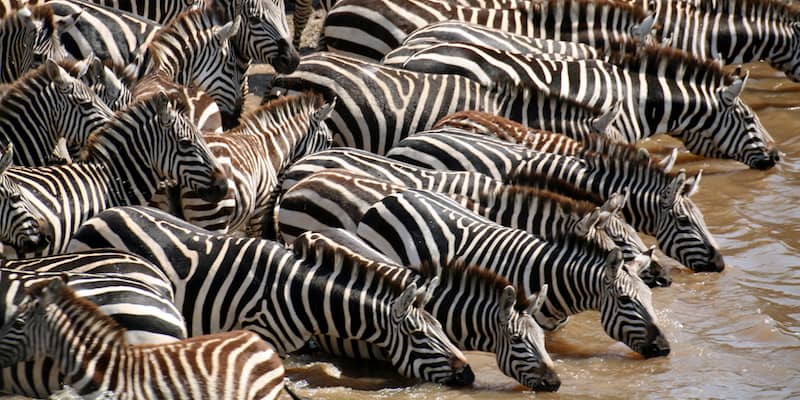
Tarangire National Park is best known for its distinctive looking baobab trees and massive elephant herds of up to 300 individuals in the dry season.
The park comes into its prime during the dry season from June to November when all water sources in the outlying areas have dried up and the wildlife concentrate around the ever shrinking Tarangire River.
It is not unusual to see zebra, wildebeest, buffalo, eland, hartebeest, gazelle, impala and even the fringe-eared oryx gathered around the water holes in the height of the dry season. It has been said that during this season, the wildlife concentration in Tarangire rivals that of the Serengeti.
We typically recommend one to two days at Tarangire National Park in the dry season to fully game drive this park.
Serengeti National Park
Things to Do
- Game drives
- Hot-air balloon safaris
- Walking safaris offered from some lodges
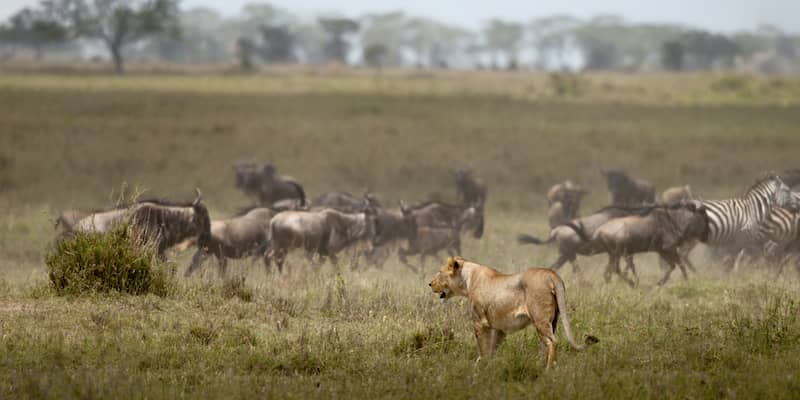
Tanzania’s oldest park and the crown jewel of the national parks, encompassing nearly 15,000 square kilometres, it is arguably one of the world’s last true wildernesses and home to the annual 1,000 kilometre pilgrimage made by nearly two million wildebeest.
Established as a UNESCO World Heritage Site in 1981, the word “Serengeti” is synonymous with safaris and it is without a doubt, Africa’s most famous park.
The Serengeti is dominated by savannah and open woodlands and encompasses the largest herds of grazing animals in the world and the predators that follow providing a wildlife spectacle unmatched anywhere else.
The annual migration made up of a handful of ungulates, the wildebeest being the dominant species, followed by the Thomson’s gazelles, zebras and eland.
The predators that constantly harrow and prey on the migration species include lions, cheetah, leopard, spotted hyena, striped hyena, golden jackal, side-striped jackal and black-backed jackal.
Other antelope species found in the Serengeti savannah include oribi, Grant’s gazelle, hartebeest, steinbuck and buffalo and in the woodlands impala, duiker, bushbuck and Kirk’s dikdik are often spotted. Both the reedbuck and waterbuck can be found in the riverine habitats and the klipspringers make their home on the kopjes that dot the landscape.
Other larger mammals include the African elephant, black rhinoceros, hippopotamus and giraffe. Smaller mammals include bushbabies, vervet monkeys, patas monkey, black and white colobus monkey, olive baboon, aardvark, pangolin, African hare, porcupine, hyraxes, bat-eared foxes, ratel, genets, African civet, several species of mongooses, aardwolf, serval cat, African wildcat, caracal, warthog and bushpig.
Reptiles include the colourful agama lizard, the Nile crocodile, monitor lizard, African rock python, cobras and puff adder.
The Serengeti ecosystem is also a birdlover’s paradise with over 500 bird species from the ostrich to the tiny waxbills.
A trip to East Africa would not be complete without a visit to this world renown national park. We typically recommend a minimum of four days within Serengeti National Park to allow leisurely game driving and to explore the vast park.
Ngorongoro Conservation Area
Things to Do
- Game driving
- Walking safaris
- Cultural tours
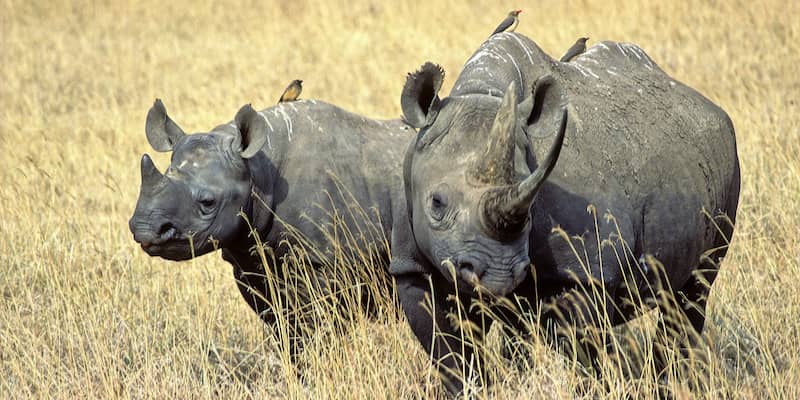
A massive area encompassing over 8,000 square kilometres of which its central attraction is the famed Ngorongoro Crater often referred to as “Africa’s Garden of Eden”.
The Ngorongoro Crater is described as the microcosm of the Serengeti ecosystem. The small area of only 265 square kilometres is home to over 25,000 large animals including 26 black rhinoceros, 7,000 wildebeests, 4,000 zebras, 3,000 eland and 3,000 Grant’s and Thomson’s gazelles.
The Crater also has the densest known population of lions. The dense concentration of wildlife in a confined area allows for incredible game viewing year round. One day of game driving inside the Crater is sufficient time to explore the area.
Outside the crater on the Ngorongoro highlands, the iconic Maasai continue to herd their cattle and goats as they have done for over a hundred years. Ngorongoro Conservation Area is a part of the Serengeti ecosystem and the wildlife cross between the boundaries of the national park and the conservation area and it is only human habitation in the conservation area that differentiates it from the national park.
The Great Migration spend much of the green season spanning from December to early May on the southern and eastern plains of the Ngorongoro Conservation Area and we usually recommend at least two or three days in this region.
The Ngorongoro Conservation Area is also home to the well known archaeological site located at Olduvai Gorge and the early human foot-prints discovered at Laetoli. Olduvai is one of the most important prehistoric sites in the world. Known as “The Cradle of Mankind”, the gorge stretches for nearly 50 km from Lake Ndutu to the Olbalbal Depression.
The Leakey’s are the archaeologists responsible for most of the excavations and discoveries in Olduvai Gorge. Moulds of some of the artifacts unearthed at Olduvai can be seen in the small on-site museum. A visit to Olduvai can easily be incorporated into any safari itinerary.
The Ngorongoro Conservation Area has been awarded the UNESCO World Heritage Site status.

